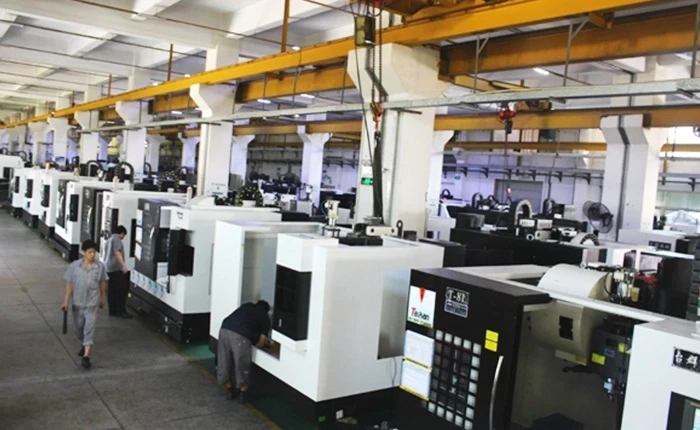تشرینی دووەم . 16, 2024 12:22 Back to list
one way check valve
Understanding One-Way Check Valves Function and Applications
A one-way check valve, often referred to simply as a check valve, is a critical component in numerous fluid systems. It is designed to prevent backflow, allowing fluid to flow in only one direction while blocking reverse flow. This essential mechanism plays a significant role in various industries, including plumbing, water supply, oil and gas, and many others.
Mechanism of Action
The one-way check valve consists of two primary components the body and the closure element, often a disc or ball. When fluid flows in the intended direction, the pressure pushes the closure element away from the seat, allowing the fluid to pass through. However, if there is a reverse flow, the pressure difference causes the closure element to move back onto the seat, thereby sealing the valve and preventing backflow. This simple yet effective design is what makes the one-way check valve indispensable in many applications.
Types of One-Way Check Valves
There are various types of one-way check valves, each suited for different applications
. The most common types include1. Swing Check Valve This valve features a hinged disk that swings open and closed. It is commonly used in large pipes and applications where the flow is substantial. 2. Ball Check Valve A spherical ball acts as the closure element, effectively sealing the valve when reverse flow occurs. This type is often used in smaller diameter pipes and applications requiring quick response times. 3. Spring Check Valve Incorporating a spring mechanism, this valve can close more quickly than others, making it suitable for systems with pulsating flow, such as pumps.
4. Lift Check Valve In this design, the closure element moves vertically within the valve body. It is highly effective in high-pressure applications but can be susceptible to problems in situations with low flow rates.
one way check valve

Importance in Fluid Systems
One-way check valves are crucial for maintaining the integrity and efficiency of fluid systems. In plumbing, for example, they prevent contamination of clean water lines by stopping sewage or other undesirable fluids from flowing back into potable water systems. In the oil and gas industry, check valves help maintain pressure in pipelines and prevent spills, making them essential for environmental safety.
In HVAC systems, check valves ensure that air or water circulates in the desired direction, preventing equipment damage and ensuring process efficiency. Additionally, in industrial applications, one-way check valves are employed in pumps and other machinery to protect against reverse flow, which can lead to operational failures.
Installation and Maintenance
Proper installation and regular maintenance of one-way check valves are vital to their performance. It is important to install them in the correct orientation to ensure proper function. Regular checks for wear and tear, as well as cleaning, will help prolong their lifespan.
Furthermore, users should be aware of the specific pressure and temperature ratings of their chosen valve type. Selecting a valve that matches the operational conditions of the system is crucial in avoiding failures that could lead to costly repairs or downtime.
Conclusion
In conclusion, one-way check valves serve a fundamental role in various fluid systems, ensuring that fluids flow in the intended direction and preventing backflow. Their simple yet effective design makes them reliable components in many applications. Understanding the different types and their specific applications can help in making informed choices when integrating these valves into fluid systems, ultimately enhancing efficiency and safety. Whether in domestic plumbing or industrial operations, the one-way check valve is an unsung hero in the world of fluid mechanics.
-
Valves in Water Treatment PlantsNewsJul.07,2025
-
Safety Precautions When Installing Control ValvesNewsJul.07,2025
-
Importance of Routine Inspections for Ball Type Check ValvesNewsJul.07,2025
-
Function and Operation of 1 1 2 Gate ValvesNewsJul.07,2025
-
Enhancing the Performance of 1 1 2 Inch Check ValvesNewsJul.07,2025
-
DN50 Filter Water Valves in Municipal Water TreatmentNewsJul.07,2025
Related PRODUCTS









